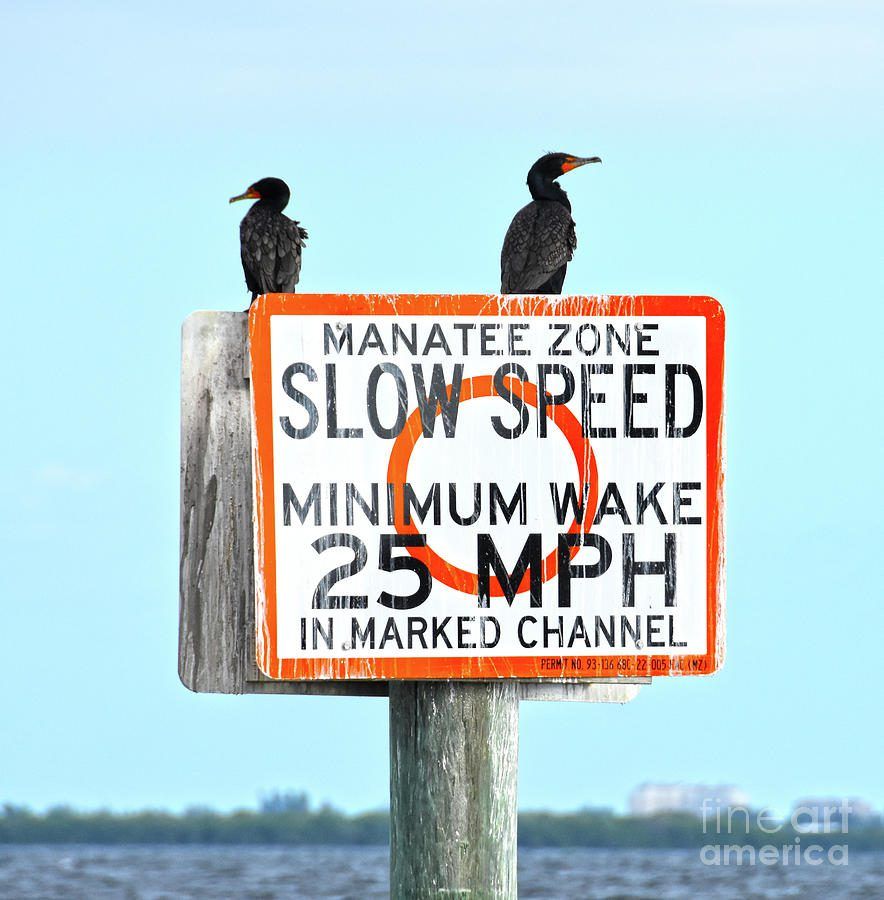More manatee protection, reef devastation and red tide numbers

It is possible there will soon be another layer of protection for local manatees, as the Lee Board of County Commissioners voted this week to adopt a year-round manatee protection zone ordinance for Gasparilla Island – specifically the Boca Grande Bayou – as well as a quarter-mile area off Captiva Island and Safety Harbor, North Captiva.
The next step will be to seek approval from the Florida Fish and Wildlife Conservation Commission (FWC). The protection zones will be effective once the approval of the FWC is achieved and the paperwork is filed with the Office of the Secretary of the Florida Department of State.
This decision was based on observations by researchers that manatees heavily inhabit the Boca Grande Bayou year-round.
This might make a small dent in the hardships that these indigenous creatures have been having in the last several years. According to the FWC, in 2021 a total of 1,101 manatees died, compared to 637 in 2020, and 607 in 2019. As of mid-October, a total of 719 manatees have died in Florida. These manatees are dying not only from higher red tide numbers since Hurricane Ian, but from starvation. Their primary diet staple, seagrass, has been depleted due to algae in the water that clouds the surface and doesn’t let enough sunlight in to allow it to grow. In places like Indian River County, where manatees go in colder weather to stay warm, it has become a huge problem. There are more manatee deaths in that county than almost any other, for that reason.
Manatees aren’t the only animals suffering right now. Researchers recently visited some of Southwest Florida’s manmade reefs off the Gulf Coast and found that most had suffered to some extent from Hurricane Ian’s chaotic power – some were almost devoid of life. Many of these reefs were up to 30 miles out from the coast, but Ian’s power made for high seas, which wiped out signs of life on the reef with the exception of the few species that could escape, then come back.
In fact, reefs down to the Dry Tortugas have been seriously damaged in some form or fashion from Ian. Researchers from St. Petersburg have recently taken up the quest to help in areas south of us, where coral reefs are more prolific and their losses are more palpable.
Lastly, red tide was detected at levels up to high concentrations in water samples taken last week, both in and offshore of Sarasota, Charlotte, Lee and Collier Counties, according to the FWC.
Of the 57 samples where Karenia brevis was observed, bloom concentrations were present in 18 samples – four in and offshore of Sarasota County, nine offshore of Charlotte County and five offshore of Lee County. It is advisable to stay out of the water on local beaches at this time.
See more about water quality issues in Dr. Raymond James’ article that starts on page 1.








